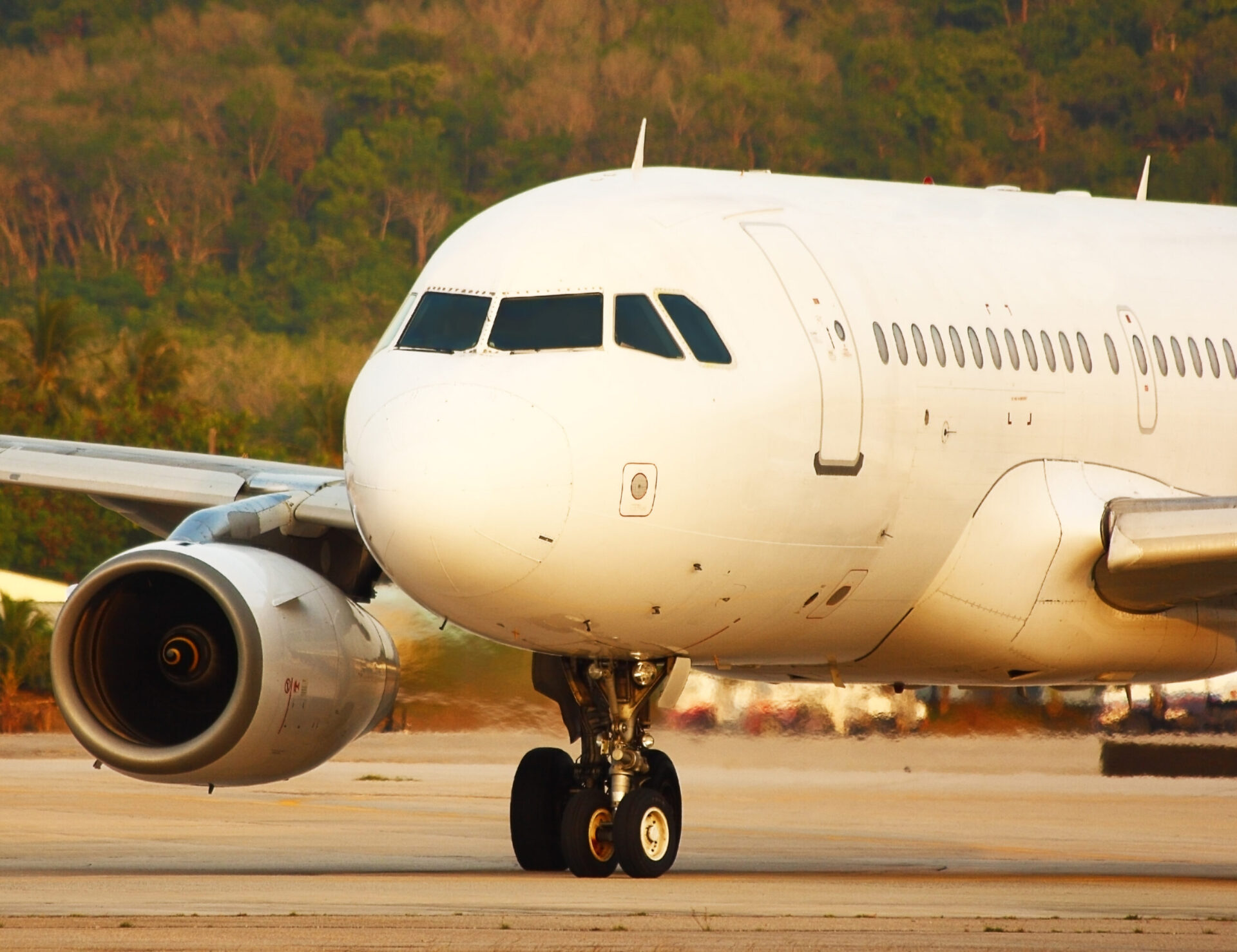One hundred years ago, aviation was still in its infancy. Today, commercial and private aviation is a routine part of our lives. On average, over 2 million people fly in the U.S. every day. That number continues growing as airlines expand both international and domestic flights. The immense scale of the aviation industry requires standards and regulations to keep passengers, crews and the public safe. Aviation safety standards are critical to maintaining the public’s trust in air transportation.
Who Sets Aviation Safety Standards?
Several organizations establish aviation safety standards at the global, regional and local levels, and the Federal Aviation Administration (FAA) is the principal regulatory institution. Created in 1958, the FAA is part of the U.S. Department of Transportation and regulates every aspect of civil aviation in the country. The FAA has many major roles, such as managing the air traffic control system and aircraft certification. One of the agency’s most significant functions is regulating aviation safety standards through registration, aircraft inspections and crew qualification rules.
The FAA has broad authority when determining airworthiness and setting aviation safety regulations. Their oversight extends to nearly every civilian aircraft in almost 30 million square miles of airspace. Other agencies such as the National Transportation Safety Board (NTSB), which investigates transportation accidents, can make regulatory recommendations to the FAA to improve aircraft safety.
What Are the Main Federal Aviation Regulations?
Aviation safety standards cover every aspect of commercial and non-commercial flight. Here are a few of the primary areas that fall under FAA jurisdiction.
Aircraft Design and Production
Planes and other aircraft are subject to federal aviation standards before they even get off the ground. FAA engineers work with aircraft company employees to approve potential designs. The strict design requirements ensure each aircraft is safe for flight. FAA oversight extends to the construction of the plane or other aircraft to confirm its airworthiness.
Operation
Once an aircraft is built, the FAA has standards to further verify its safety before and during flight. These regulations include aircraft registration and proper flight procedures. Safety regulations also require the pilot and crew to have the necessary qualifications to operate, work aboard and handle emergencies on the plane. These standards also include aspects of passenger safety such as cabin protection and emergency preparedness procedures.
Maintenance
Aviation safety standards subject aircraft to initial and recurring inspections to guarantee their continued airworthiness. Regular aircraft maintenance keeps a plane in top shape and decreases the chances of malfunctions or accidents.
Why Are Aviation Safety Standards Important?
The FAA handles thousands of flights every day. Each of those flights is an engineering marvel — air travel is among the safest modes of transportation available thanks to aviation safety regulations. Uniform standards from the FAA and other organizations ensure a basic level of quality and competence in air travel so passengers can board any flight with confidence.
Contact Us to Learn More About Our Safety Standards
At HRD Aero Systems, we provide aircraft safety equipment services you can trust to help you meet aviation safety regulations. Contact us today to learn more about our safety standards.

